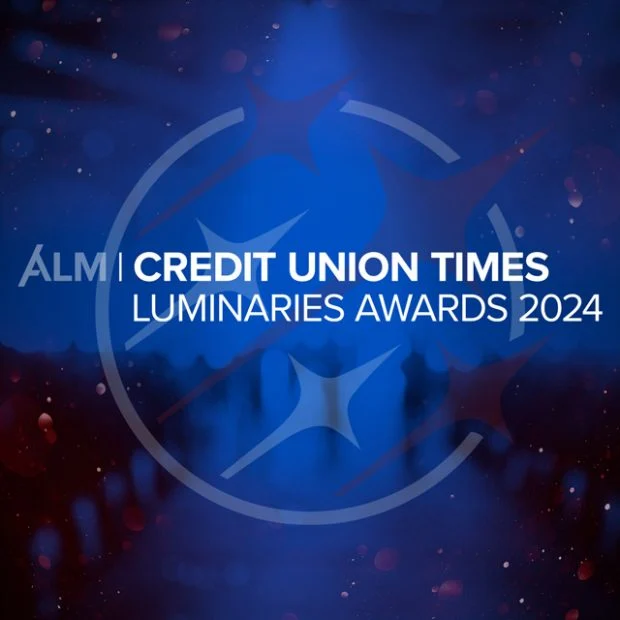Rapid asset growth had proved to be a problem for MaPS Credit Union.
While doom circled around it, the $382 million CU managed to tread water. Even after an investment loss 11 years ago led to an order from the NCUA to divest a portion of its investment portfolio that caused a $3 million hit to MaPS' capital, taking it down to 5%, said Mark Zook, president/CEO of the Salem, Ore.-based CU. Still over the next decade, MaPS grew between 25 to 30 basis points as the CU carried on with "slow and deliberate growth."
The CU continued to grow assets and capital despite having shares in troubled WesCorp and U.S. Central, Zook said. The unintended problem was several bank failures and cease and desist orders in MaPS' market brought more assets in.
Recommended For You
"Our assets were growing rapidly than we had the ability to control them," Zook said. "Rate is usually the biggest lever but right now, if you're living in Salem, Oregon, you want to make sure that you'll be able to get the $100 you put into your bank back."
Around April 2009, Zook started thinking about ways to pace the CU's growth. The idea came one afternoon while having lunch with his father. As he explained the dilemma, Zook's dad suggested "too bad you can't sell something." It turned out there was a potential entity that could be sold: MaPS' administration center. Built in 2005, it cost $7 million and its appraised value was $11 million at the end of 2009. There was about $4 million locked in equity appreciation.
"I started thinking could we as a team, build a structure for members that could also free up equity," Zook recalled.
That brainstorming led to the creation of Member Building Partners LLC, a CUSO formed by MaPs and co-owned by the $205 million Central Willamette Community Credit Union in Albany, Ore. The administration center would be sold to the new subsidiary, thereby releasing the equity to its CU owners. Members would also be in on the deal with the opportunity to buy up to 10 units at $10,000 a piece with a fixed annual rate of return of 6.5%.
The CUSO's ownership structure consisted of MaPS at 49%, 1,034 units owned with an investment of $340,000. MaPS members would have a 49.9% stake, own 1,053 units and invest $10.53 million. Central Willamette piece's would be 1% ownership, 23 units owned and a $230,000 investment. Zook said a second CU needed to be involved because regulations state that a CUSO must be majority owned by CUs. Accounting rules said if an entity owns a majority in a subsidiary, it must consolidate it into its parent company's financials. Central Willamette's co-ownership helped to meet the requirements.
Zook said in order to make this model happen, MaPS couldn't just sell units, it needed to sell the building so that the CU could have an LLC that had an actual structure. The next step was securing a $10.5 million line of credit from Veridian Credit Union in Waterloo, Iowa, via a loan to the CUSO. MBP was then able to sell MaPS' administration center for $11 million on Jan. 5.
The next step is meeting final requirements requested by Oregon regulators, Zook said. If approved, the CU will move forward with pitch seminars over the summer for members. Zook said they already have a list of roughly 100 members who have expressed interest. Another of the CU's CUSOs, MaPS Private Client, which caters to high net work members, will manage MBP.
"The Oregon regulator approved it. They looked at it and said it's for the benefit of members and it infuses additional capital to reserves," Zook said. Clearing regulatory and legal hurdles was not as difficult as anticipated. Zook said they could have gone out to accredited investors, which are those who qualify to make investments and are regulated by the SEC or state securities division. Some actually met with MaPs.
"The problem with that is a philosophical one," Zook said. "We wanted to do this for our membership, not just a few people."
Some in the industry have expressed skepticism on the logistics. That was the main question asked at a session held at NACUSO's recent annual conference, Zook said. Others wondered what happens if the 6.5% rate of return to members is no longer appealing. After some discussion and historical perspective, it was agreed the rate seemed like an equilibrium where people would feel most comfortable.
Zook doesn't like to call MBP an alternative capital model but rather a "member-focused solution for capital" in response to those who compare the arrangement to venture capital.
© 2025 ALM Global, LLC, All Rights Reserved. Request academic re-use from www.copyright.com. All other uses, submit a request to [email protected]. For more information visit Asset & Logo Licensing.







